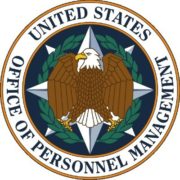GSA Proposes Rules on Sustainable Procurement
The rules would reorganize the FAR to consolidate certain requirements for federal facilities.
The GSA has proposed rules to carry out a requirement for agencies to procure sustainable products and services “to the maximum extent practicable” as required by a late-2021 executive order.
Proposed rules in the August 3 Federal Register for a 60-day comment period note that the order “directs agencies to reduce emissions, promote environmental stewardship, support resilient supply chains, drive innovation, incentivize markets for sustainable products and services, purchase sustainable products and services in accordance with relevant statutory requirements, and, to the maximum extent practicable, purchase sustainable products and services identified or recommended by the Environmental Protection Agency.”
Follow-up guidance from OMB and the Council on Environmental Quality addressed issues including the types of products and services that meet those standards, circumstances in which it would be considered not practical to procure them, and requirements for federal facilities such as pollution reduction goals, it notes.
The proposed changes to the Federal Acquisition Regulation primarily: address policy and procedures for purchasing and prioritizing sustainable products and services, including requirements for agency programs and exceptions; and update requirements related to acquisition planning, special requirements for paper, waste reduction, construction and architect-engineer contracts and IT contracts.
They also would reorganize the FAR to consolidate requirements for federal facilities, purchasing programs and hazardous materials.
Source: FEDweek Published: August 7, 2023





